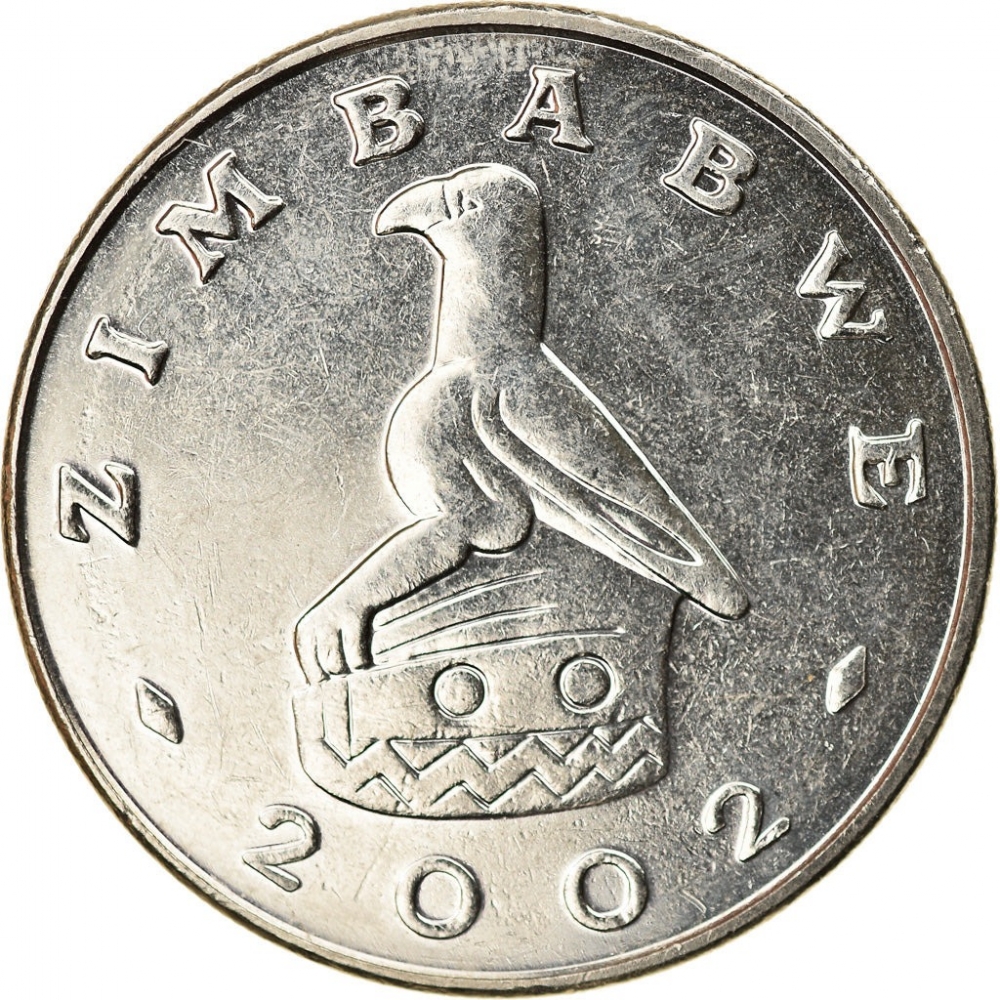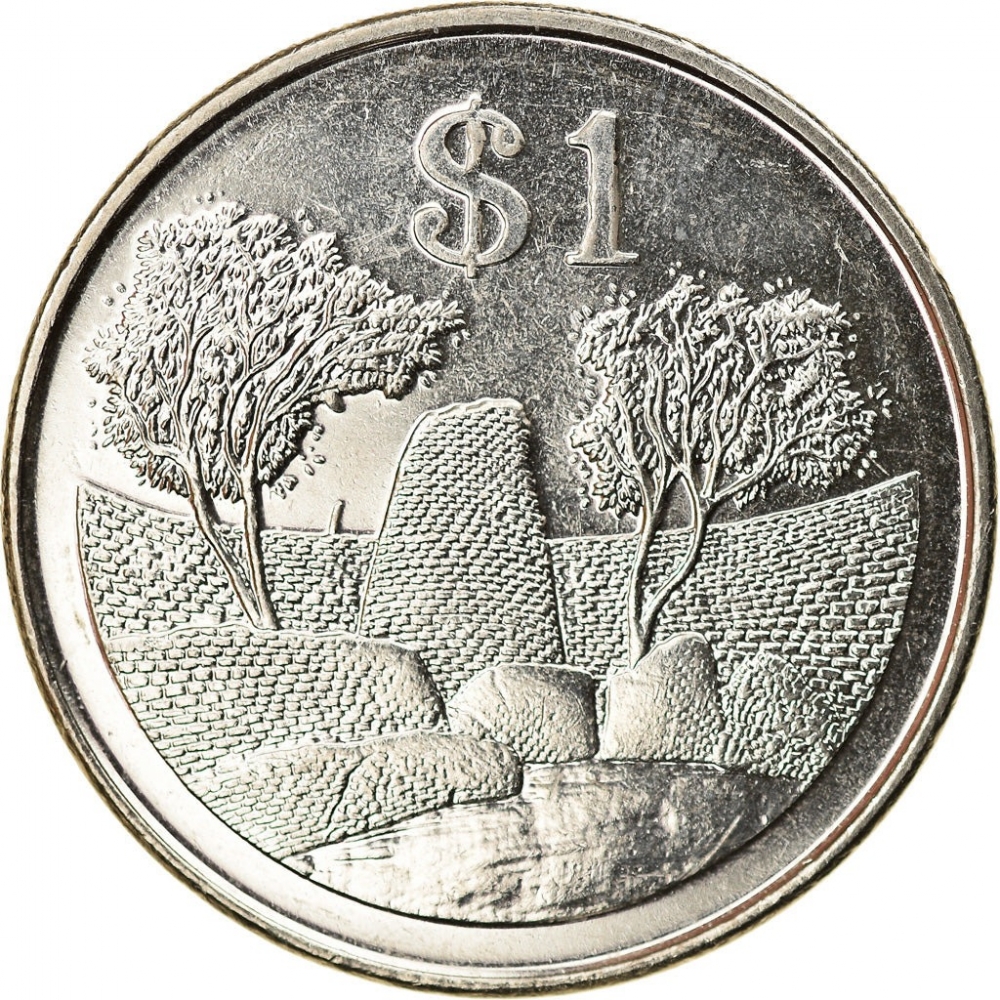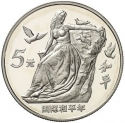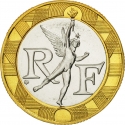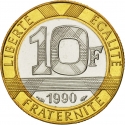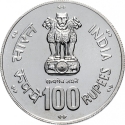You are about to finish your registration. Please check your mailbox (including spam folder). There should be a letter with a confirmation link. Check setting to make sure that your e-mail address is correct.
Send letter again
Obverse

|
Depicts the stone-carved Zimbabwe Bird, date below, name of the country above. ZIMBABWE |
|---|---|
Reverse

|
Depicts the conical tower inside the Great Enclosure at Great Zimbabwe, value above. $ 1 |
| Edge |
Characteristics
| Material | Nickel Plated Steel |
| Weight | 10 g |
| Diameter | 29 mm |
| Thickness | 2.3 mm |
| Shape |
|
| Alignment | Medal |
| Mint |
Harare Mint
|
